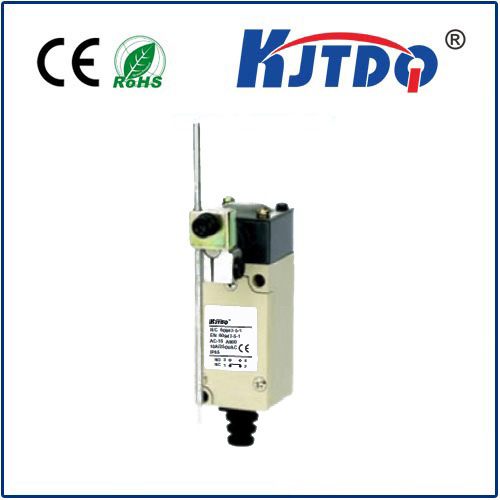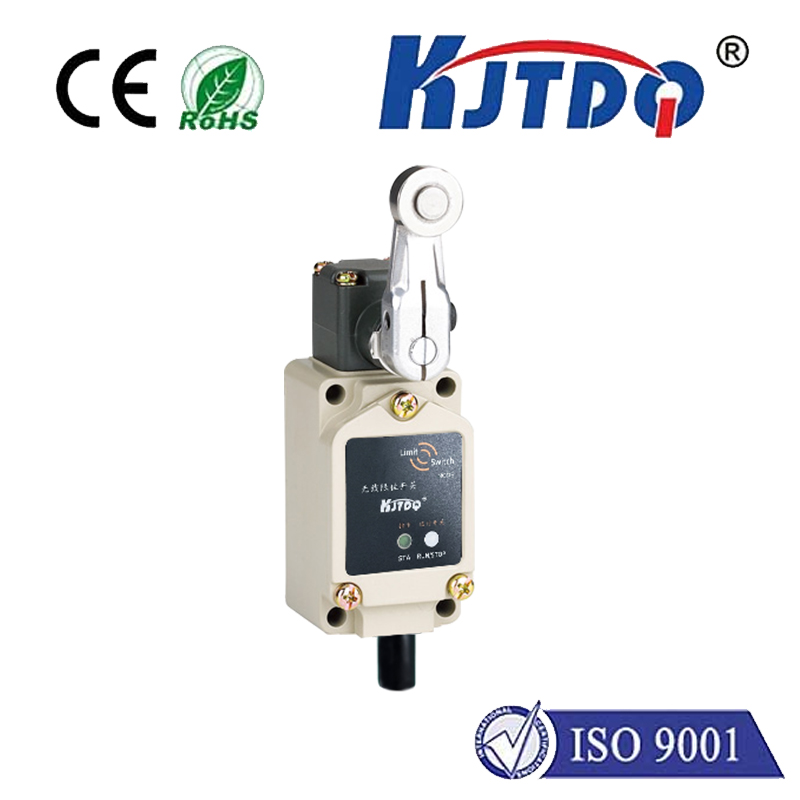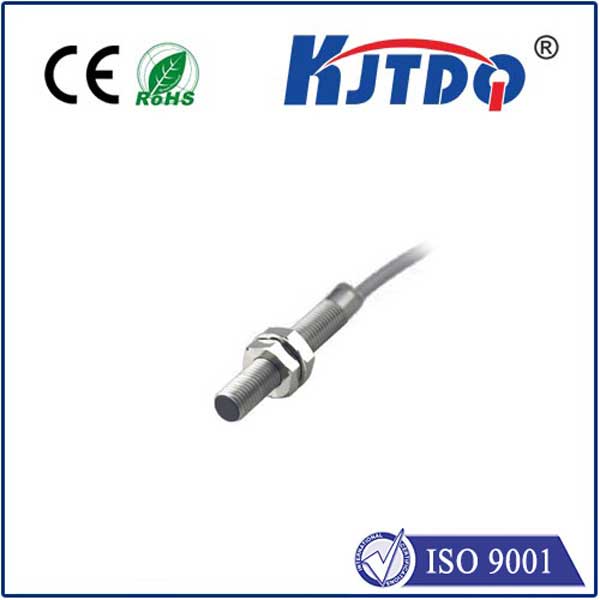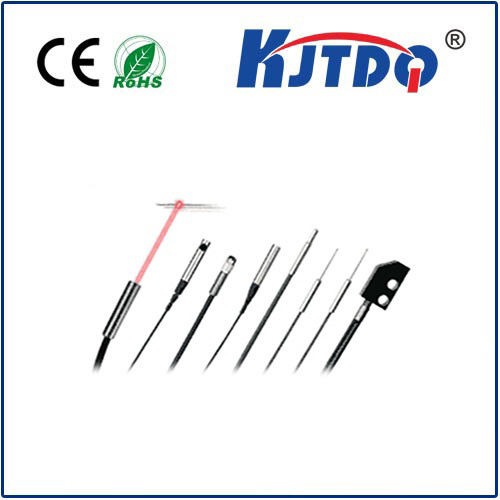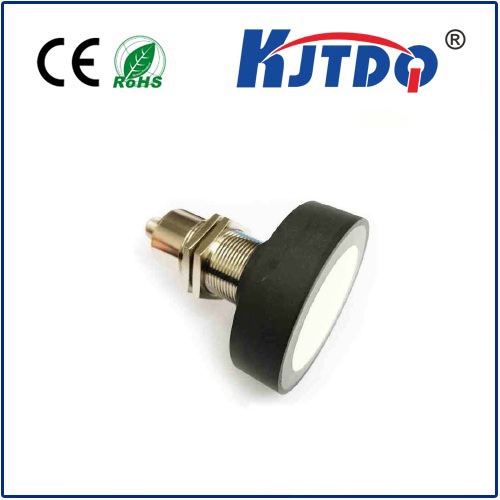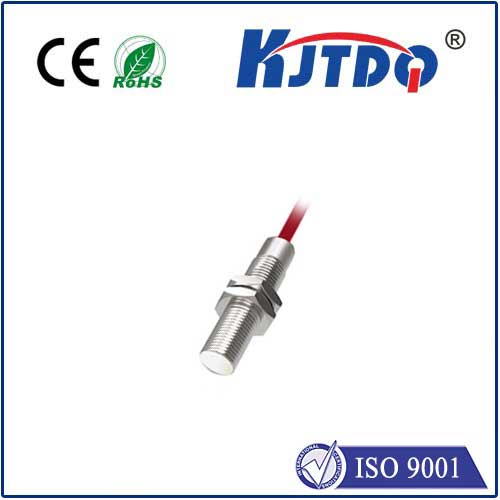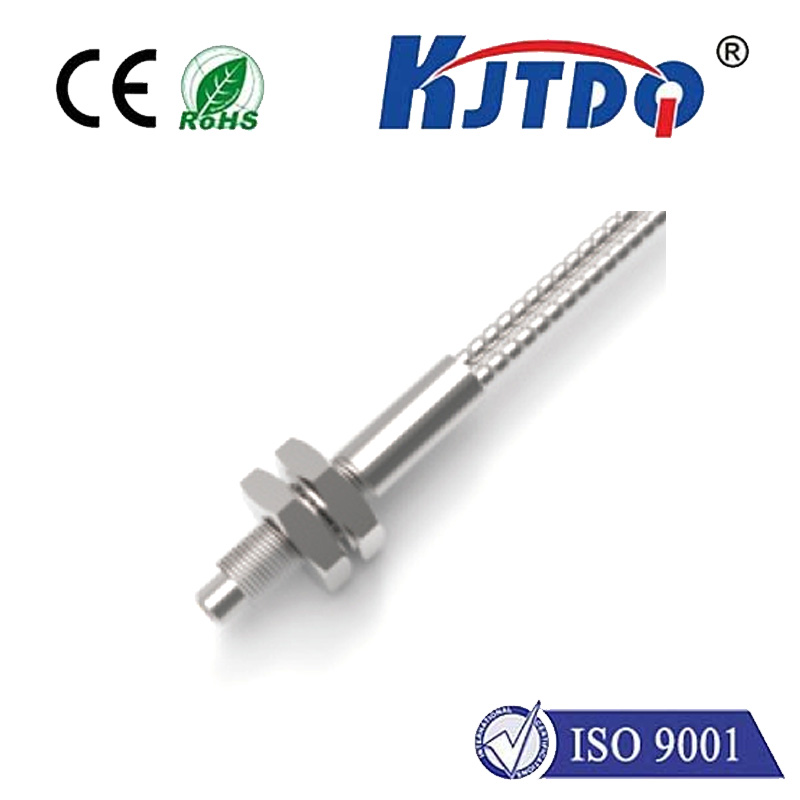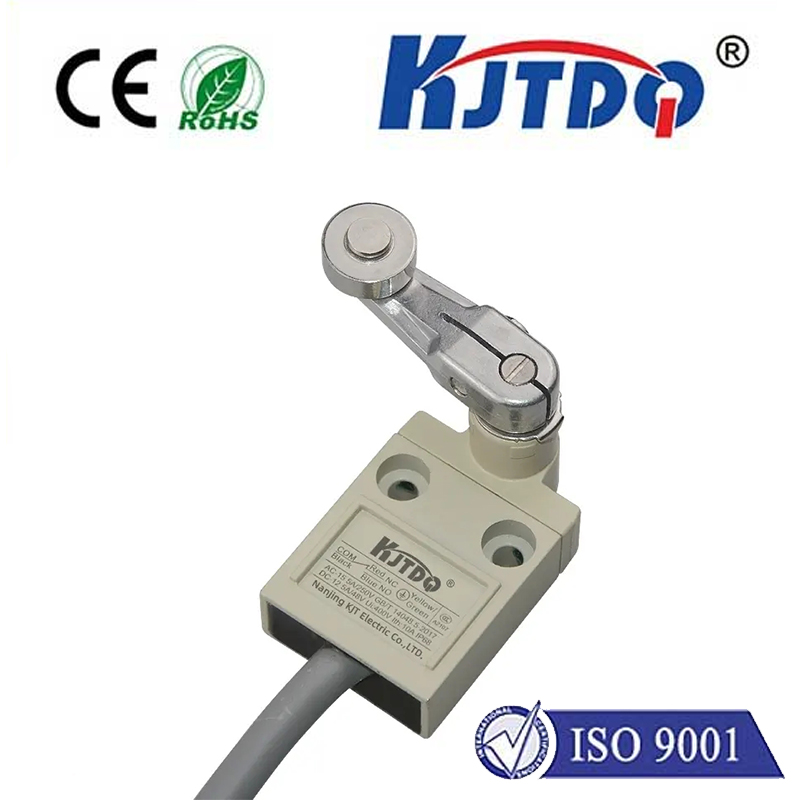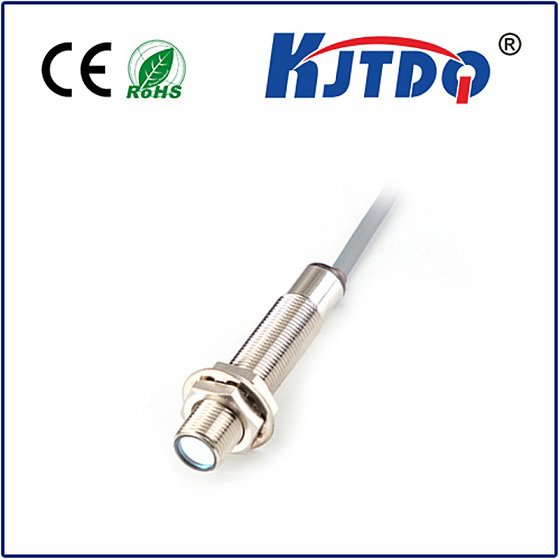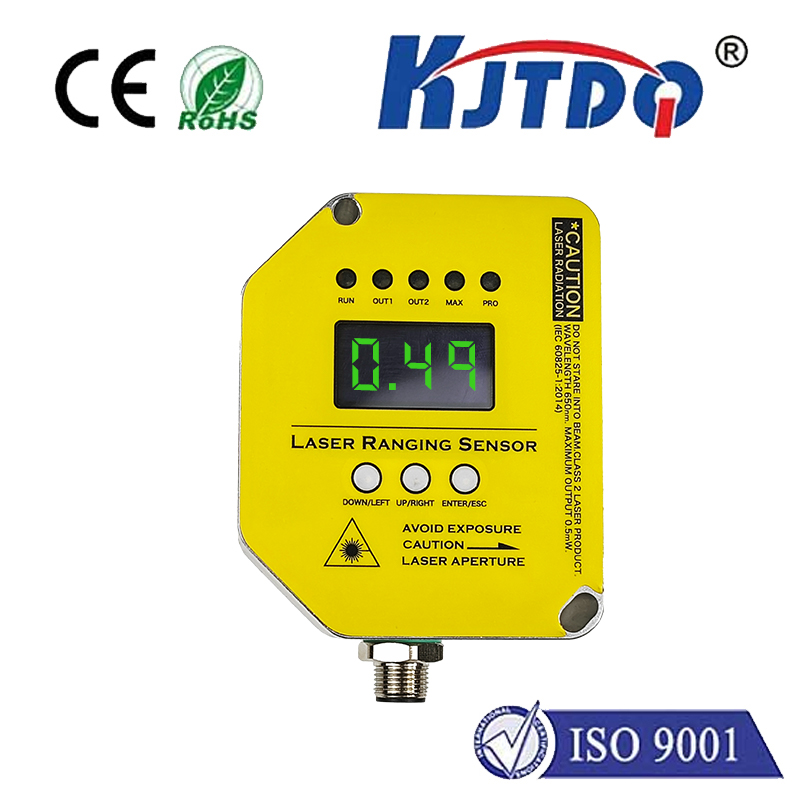

check

check

check

check

check

check

check

check

check

check
Imagine stepping into a bustling factory floor, where precision and speed are paramount. Machines hum, products zip along conveyor belts, and every movement must be flawless. Now, picture a tiny, unobtrusive device that ensures this harmony—by detecting objects with unwavering accuracy from up to two meters away. This is where the E3FA-DP14 2M small photoelectric sensor shines. Designed for efficiency in tight spaces, this sensor isn’t just a component; it’s a game-changer in industrial automation, packing robust performance into a miniature footprint. As industries worldwide embrace smarter, more compact solutions, the E3FA-DP14 stands out for its reliability and adaptability.
At its core, the E3FA-DP14 is a photoelectric sensor that leverages light-based technology to detect objects without physical contact. It emits an infrared beam, and when an object interrupts this beam, the sensor triggers a response—ideal for counting, positioning, or presence verification. What sets it apart is its combination of a 2-meter detection range and a remarkably small size. Measuring just a few centimeters, this compact design allows it to fit seamlessly into confined areas where bulkier sensors falter. This isn’t merely about saving space; it’s about enabling innovative applications in sectors like manufacturing, where every inch counts. For instance, on a high-speed packaging line, the sensor’s long range ensures it monitors items accurately from a distance, reducing setup time and minimizing errors. Plus, its rugged construction withstands harsh environments—from dusty warehouses to humid assembly plants—ensuring consistent performance even under stress.

Delving deeper, the working principle highlights why this small photoelectric sensor excels. Using a modulated light source, the E3FA-DP14 minimizes interference from ambient light, making it highly reliable in varied lighting conditions. The 2M range capability is particularly noteworthy, as it extends beyond typical compact sensors, allowing for flexible placement without compromising detection accuracy. This adaptability translates directly to cost savings, as fewer units are needed to cover large areas. For example, in robotics, the sensor guides arms to pick and place components with micron-level precision, avoiding costly collisions. Similarly, in logistics and conveyor systems, it detects packages or pallets, streamlining workflows and boosting throughput. These real-world applications underscore its role in driving efficiency—where a minor component can slash downtime by up to 30% in automated processes, according to industry trends (though exact figures depend on setup specifics).
Equally impressive are the broader advantages for diverse industries. The small size of the E3FA-DP14 photoelectric sensor unlocks opportunities in sectors beyond traditional factories, such as consumer electronics or smart home devices. In medical equipment, for instance, its non-invasive detection ensures safe, hygienic operations, while in automotive assembly, it aids in quality control by verifying part alignments. Emphasizing ease of integration, this model often features simple wiring and compatibility with standard control systems, reducing installation headaches. Compared to older alternatives, it consumes less power and offers longer lifespans, making it a sustainable choice in today’s eco-conscious market. Moreover, its reliability means lower maintenance costs—a key factor for businesses aiming to maximize ROI.
Ultimately, the E3FA-DP14 2M small photoelectric sensor epitomizes innovation in sensor technology. By combining extended range with a tiny frame, it addresses core challenges in automation: precision, space constraints, and scalability. As industries evolve toward IoT and AI-driven systems, this device proves indispensable, enabling smarter factories that operate faster and cleaner. Whether in complex machinery or everyday automation, its impact is undeniable—transforming how we approach detection with minimal footprint.
